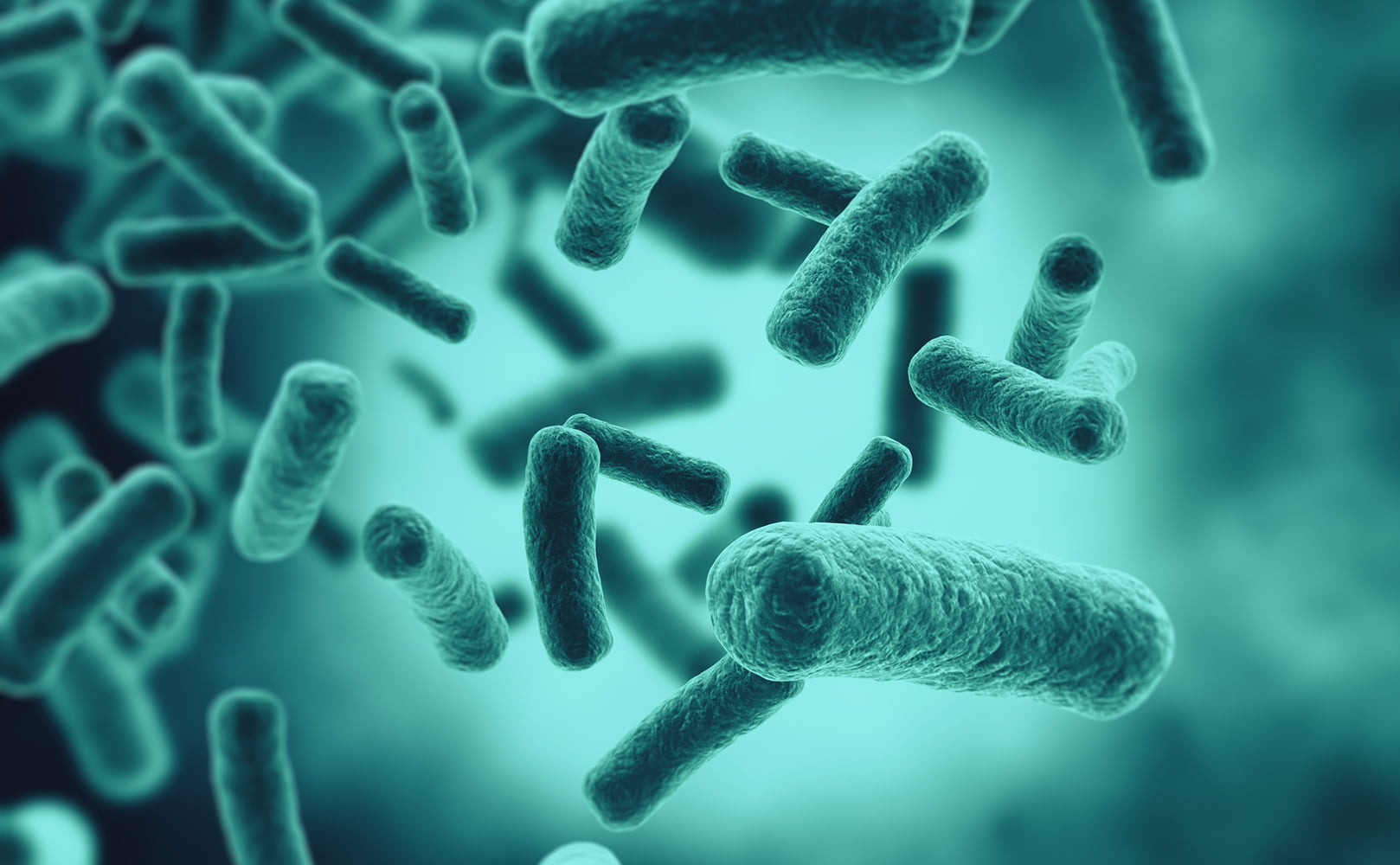Does a Water Filter Pitcher Remove Bacteria?
Written by: Gene Fitzgerald // Last Updated: Sep 7, 2023
This page may contain affiliate links. If you buy a product or service through such a link we earn a commission at no extra cost to you. Learn more.
Water filter pitchers are popular among homeowners for two good reasons:
- First, they resolve aesthetic water issues, giving you better-tasting and fresh-smelling water.
- Second, more robust models eliminate the majority of harmful water contaminants. This includes lead, chromium 6, chlorine and chloramine, pesticides, mercury, pharmaceutical traces, VOCs, and more.
On top of that, filter pitchers are compact, easy to operate, and affordable – all the extras a frugal homeowner would prefer.
But do water filter pitchers also remove bacteria? Stick with us to know the answer!
Key Takeaways
- Not all but some water filter pitchers remove bacteria.
- It depends on the filter media/method used.
- In order to remove bacteria, a water filter pitcher should apply sub-micron filtration.
Does a Water Filter Pitcher Remove Bacteria?
Bacteria are single-celled organisms. Their size can range from around 0.2 to 1 micron in width and 1 to 10 microns in length.
You can find bacteria just anywhere around the Earth, including our waters, unfortunately.
A few kinds are beneficial; others are harmful. For instance, E. coli can cause severe health issues. Therefore, you need to remove any hazardous bacteria from your water supply at all costs to access healthy drinking water.
Can a water filter pitcher serve that purpose? In other words, does a water filter pitcher remove bacteria? Yes, it does. But it cannot be said for all the pitchers out there.
Simply put, bacteria are tiny in size, and their removal depends on the filter media used.
So, if your filter pitcher can eliminate tiny particles, it can help get rid of bacteria.
Filters like the Epic Nano are great for this. It uses submicron filtration to trap bacteria. Another great example is the LifeStraw Home.
What Other Contaminants Will Your Water Filter Pitcher Remove?
Aside from bacteria, water filter pitchers can remove several other types of contaminants. However, note that this applies only to a few specific brands.
So, you need to check for NSF certifications. It’s the only way to make sure.
Below, you find a list of water contaminants that can be removed using a sophisticated filter pitcher.
Chlorine
Though chlorine is not an impurity itself and is merely added to water to disinfect it, it gives of a foul odor and unpleasant taste.
Fortunately, filter pitchers featuring activated carbon filtration work great to remove chlorine.
You can check for NSF certification standard 42 to ensure whether or not the pitcher you’re purchasing can remove chlorine.
Disinfection Byproducts
Disinfection byproducts, including chlorite, organic chloramines, chlorate, trihalomethanes (THMs), and haloacetic acetic acids (HAAs), are commonly found in tap water supplies.
Consuming them for extended periods can lead to bladder cancer.
Luckily, filter pitchers with activated carbon can remove DPBs.
Lead
Lead can leach into your water via lead plumbing systems or distribution channels.
Unfortunately, it is incredibly harmful, and ingesting even tiny amounts of lead can be fatal.
Lead causes irreversible health effects in children, including inhibited brain development, low IQ, and more. Additionally, the heavy metal can pass the placental barrier of pregnant women and lead to premature birth or miscarriage.
Fortunately, ion exchange, ceramic, and activated carbon block pitchers can serve the cause.
Chloramine
Chloramine, a relatively stable compound used for water disinfection, is responsible for a new type of water contaminant: Nitrosamine.
Nitrosamine can lead to cancer.
Yes, removing chloramine is challenging, but catalytic carbon offers a solution.
Note that a few filter manufacturers claim to use activated carbon for eliminating chloramine. However, it does not always work that well.
Mercury
Mercury swimming in your water can lead to kidney dysfunction and inhibit brain development in fetuses.
These issues affect brain functioning and cause memory issues in the long run.
Luckily, granular activated carbon pitchers can reduce mercury levels. Besides, KDF and ion exchange filter media work excellent, too.
Perfluorinated Chemicals
PFAS are artificial chemicals used in the manufacturing process of several household products among others. Unfortunately, they now also exist in places they shouldn’t – our soil and water.
PFAS inhibit our immune system to function as it should and lead to pancreatic and liver issues.
Ion exchange and catalytic carbon filters ensure PFAS removal, making your water safe to consume.
Pesticides
Though pesticides in water do not cause severe health issues, they impair overall water quality.
Pitcher filters with activated carbon inside of them are pretty effective at reducing pesticides from your home drinking water.
Chromium 6
Water exposed to chromium 6 can cause cramps, liver and kidney damage, diarrhea, and above all, reproductive problems for males and females.
Filter pitchers like the Clearly Filtered – using on-exchange resin – work great to remove chromium 6.
Pharmaceuticals
Pharmaceutical contaminants like antibiotics and hormones can be lurking in your water without you even knowing it.
You can use regular activated carbon to get rid of them.
Volatile Organic Compounds (VOCs)
Consuming VOCs can lead to issues like fatigue, shortness of breath, nausea, skin-related problems, headache, and more.
Even worse, high VOC levels can lead to kidney, liver, and nervous system problems.
Carbon-based pitchers, however, can help eliminate these compounds from your water.
Microplastics
A study conducted by OrbMedia tested around 159 water samples.
It was observed that every liter of water around the world contains 4.34 pieces of microplastic on average.
Long-term exposure to microplastics can lead to inflammatory lesions, cancer, metabolic problems, and even cause toxicity. What to do?
Most water filter pitchers do not work to remove microplastics. Ceramic filters can help, however.
Fluoride
Water suppliers fluoridate water in an attempt to prevent tooth decay. Though the step is taken as a precautionary measure, high fluoride levels can lead to skeletal fluorosis and mottling (permanent discoloration of the teeth).
Levels exceeding 4 ppm can contribute to the former issue, while levels up to 2 ppm can lead to the latter.
Water filter pitchers applying ion exchange can remove fluoride from water.
How Do Water Filter Pitchers Work?
The general procedure in filter pitchers is similar to that of standard water filtration systems. Water passes through filter media that ideally traps all the contaminants, giving you purified water.
A few people are dubious about the effectiveness of water filter pitchers due of their small size. However, note that they are designed to treat only small amounts of water, which does not indicate they are not good at doing their job.
Most pitchers require replacements every 1-2 months. This ensures optimal functionality.
What Happens If You Don’t Change Filters Regularly and Skip Cleaning?
Your pitcher is bound to exhaust its filtration capacity soon if you don’t change the filter element regularly or miss out on cleaning it.
As a result, contaminant reduction rates decrease or no more pollutants are being removed at all. Therefore, filter replacements and cleaning are a must.
How Often Do You Need to Replace the Filter In Your Pitcher?
How often you’re required to replace the filter cartridge depends entirely on its capacity as well as your water conditions and usage – dirtier water puts a higher burden on the filter media.
The standard capacity varies from pitcher to pitcher. 20-40 gallons is the bare minimum. Pitchers like Clearly Filtered and Aquagear with around 150-gallon capacity last longer and require fewer replacements.
How to Clean a Water Filter Pitcher?
Typically, most water filter pitchers have similar designs with reservoirs, curves, hollows, and crevices. Hence, they follow the same cleaning procedure.
You can follow these steps to clean your pitcher:
- To begin with, you need to disassemble all parts. Make sure you do it carefully; otherwise, you might crack the plastic.
- Mix some dish soap with water and pour it inside the jug, the lid, and the reservoir. Jiggle it and let it sit for a couple of minutes.
- Use a soft brush or a sponge to scrub the hard-to-reach areas.
- Rinse everything with lukewarm water several times to ensure all the soap is removed.
- After washing, place the pitcher upside down and let it dry.
- Before reusing it, dry with a paper towel and proceed.
If you have any thoughts about the question, does a water filter pitcher remove bacteria, please don’t hesitate to leave a comment below!
Information provided on BOS is for educational purposes only. The products and services we review may not be right for your individual circumstances.
We adhere to strict editorial guidelines. Rest assured, the opinions expressed have not been provided, reviewed, or otherwise endorsed by our partners – they are unbiased, independent, and the author’s alone. Our licensed experts fact-check all content for accuracy. It is accurate as of the date posted and to the best of our knowledge.




